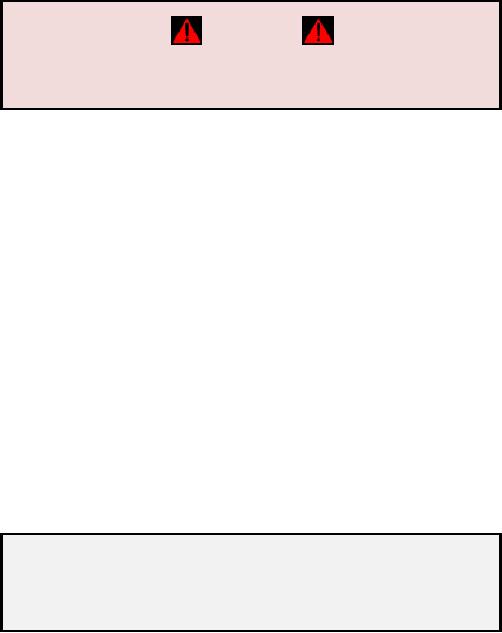
reports the ship in sight. AATCC shall be fully manned and ready (when applicable) to
assume control of Case III in the event weather deteriorates to below Case II
minimums.
WARNING
Case II recoveries shall not be conducted concurrently with
Case III departures.
During Case II recoveries, aircraft shall be provided positive control until flight
leaders/aircraft report ―see you‖ (Case I procedures are followed at that time.) Aircraft
are vectored or conduct an instrument approach to arrive at 12 nm 1,200 feet wings
level. If the first flight/aircraft is unable to gain visual contact at 12 nm, a controlled
descent to 800 feet may be given. If aircraft fail to gain visual contact by 5 miles, they
shall be vectored into the RADAR pattern and provided a CCA approach or, at the
request of the pilots and consent of AATCC, a TACAN approach. Subsequent aircraft
shall be recovered using Case III procedures.
Fixed Wing Approach Procedures under Special Case II Conditions
When ship s weather report does not meet Case II Criteria and visibility is the only
restrictor and prevailing visibility is 3 miles or greater, the Air Officer may approve
continuation to 3 miles. Aircraft that do not have the ship in sight at 3 miles shall
immediately be vectored into the RADAR pattern for recovery. Operations under Case II
conditions shall be suspended.
NOTE
Special Case II operations shall not be combined with
standard Case II operations.
Fixed Wing Delta Procedures
When required, a ―Signal Delta‖ to all aircraft. When ―Signal Delta‖ is received, pilots
shall initiate the following actions:
Aircraft in holding shall continue holding and await a new EAT. Pilots shall
acknowledge ―Signal Delta.‖
Aircraft that have already commenced approach but are still above platform shall
level off at the next lower odd altitude and enter holding at the appropriate DME
(angels + 15). The pattern used shall be the same as normal marshal. Aircraft
11-77

